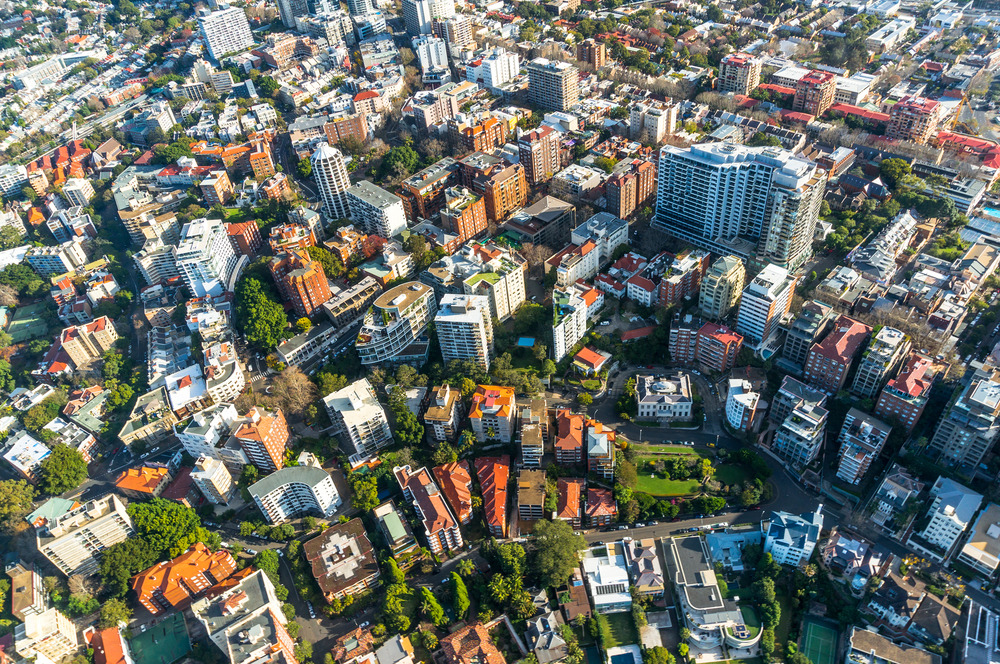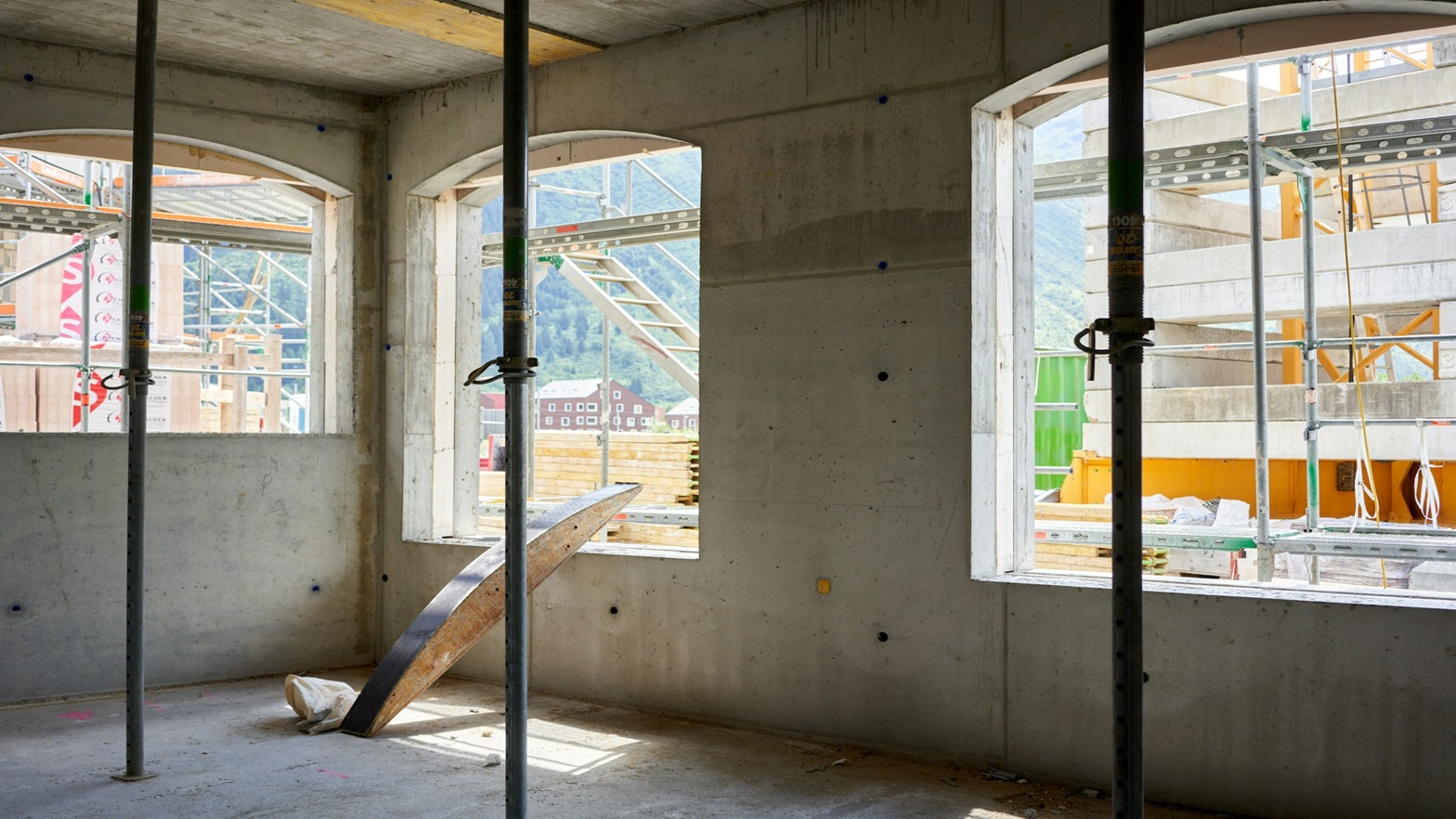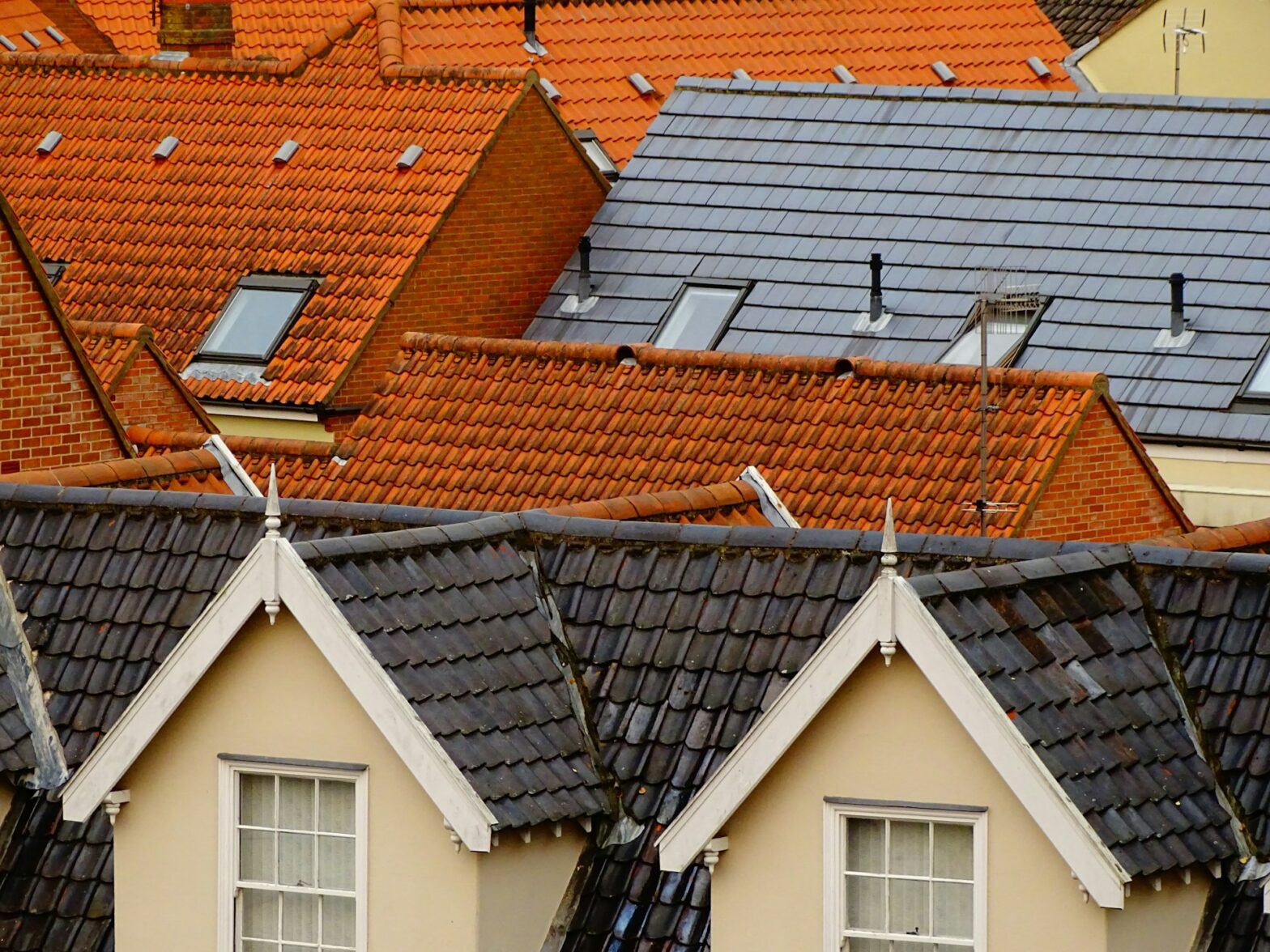Top Tips To Help Boost The Sustainability Of Your Next Building Project
If you’re in the construction industry, you’ll know that there’s plenty of emphasis placed on boosting the sustainability of your building projects. And truth be told, this is good both for business and for the environment.
There are some key tips to keep in mind if you want to build sustainably. One of these is to ensure that you mostly use local suppliers. Sourcing building materials and supplies from local suppliers can help keep carbon emissions of your build low (because your supplies/tools are producing less CO2 through their transportation). So be sure to secure your tools and equipment from local suppliers like Warren & Brown Tools!
If you’re looking for more sustainability tips, then look no further. Here are some key ways to ensure that your build projects are as sustainable as possible and are contributing to a greener future.
Build Energy-Efficient Structures
When undertaking a building project, it’s important to consider what sources of energy the building is going to use, as this will have an impact on decisions you make during construction. For instance, an energy-efficient alternative to traditional roofing is to build a green roof over your house.
As the name suggests, green roofs are partly made of plants. Besides adding to the aesthetic appeal of the building, a green roof helps regulate the temperature inside the building. This cuts down on energy consumption, which is good both for the bank account and the environment.
It can also be helpful both to your client’s energy bill and to the environment to build renewable power generators. These include solar, wind and water. Alternatively, building a house or office into an existing grid is a great way to cut down on energy consumption if going 100% renewable isn’t possible.
Use Green Building Techniques
There is a plethora of recently-developed, sustainable building techniques out there. One of these is ‘modular building’ or ‘modular construction’, which involves creating a building under controlled conditions off-site before transporting it to its final location. The concept is similar to putting a lego house together before moving it to another room. While modular building has been growing in popularity, it is by no means new: the Eiffel Tower, for instance, was famously built this way.
Modular building takes far less time than traditional construction methods, but produces functionally similar results. This is because the materials and techniques used would be the same as they would be when building a structure on-site.
Construction projects made using modular building are also much more eco-friendly as they allow structures to be taken apart and reused far more easily than traditionally-built ones.
Build With Your Surroundings in Mind
If you want to minimise energy consumption, you’ll want to build with your local environment in mind. This is called ‘passive design.’ This involves minimising the need for both cooling and heating. Houses, offices, etc. built this way are cheaper to power, have a smaller carbon footprint and are more comfortable to live in.
Two crucial elements to passive design are passive heating and cooling. There are various techniques, like providing shade, glazing, insulation, customising thermal mass, and more, that allow you to customise how hot or cold your house feels. Orientation matters, too: you’ll want to take advantage of environmental elements like prevailing winds and the position of the sun.
Source Materials Locally
Buying local is almost always the more environmentally-friendly option, and this is no different in the construction industry. If you want to place an emphasis on using locally-procured materials for your next construction project, there are some key tips you’ll want to follow. One is to form a relationship with a supplier/suppliers that are known for eco-friendly building materials. Look for certifications like those issued by the Forest Stewardship Council (FSC) and GreenGuard.
Besides this, you’ll want to dig deeper into potential suppliers’ processes to assess their level of eco-friendliness. Do they use renewable energy? Do they use electronic transport vehicles? Do they use recycled materials? What are their emission levels like? Do they have a plan in place to lower their emission levels even further? Finding the answers to all of these questions can help you make well-informed decisions when securing your supply partners.
It’s also important to remember that certain materials are easier to produce, and thus are more likely to be available locally at lower prices. Near the top of this list is bamboo, which grows incredibly fast and does not use much water. Another option is to use recycled wood, or even recycled steel, which is also readily available across the globe.
~
As you embark on your latest project, it’s crucial to keep in mind how your build is impacting the environment, both in terms of its construction process itself and once the structure has been finished.
Besides being good for the world, building sustainably also has benefits for both you – the contractor – as well as your clients. Using more efficient construction techniques and materials allows you to keep costs down while building. Ensuring that your projects are as energy-efficient as possible helps your clients save on electricity bills in the long term – a selling point which is likely to make your projects far more popular in a commercial context.
We hope that this article has given you the platform to explore the world of sustainable construction and that you’ll apply the principles we’ve gone over to your next project.





























